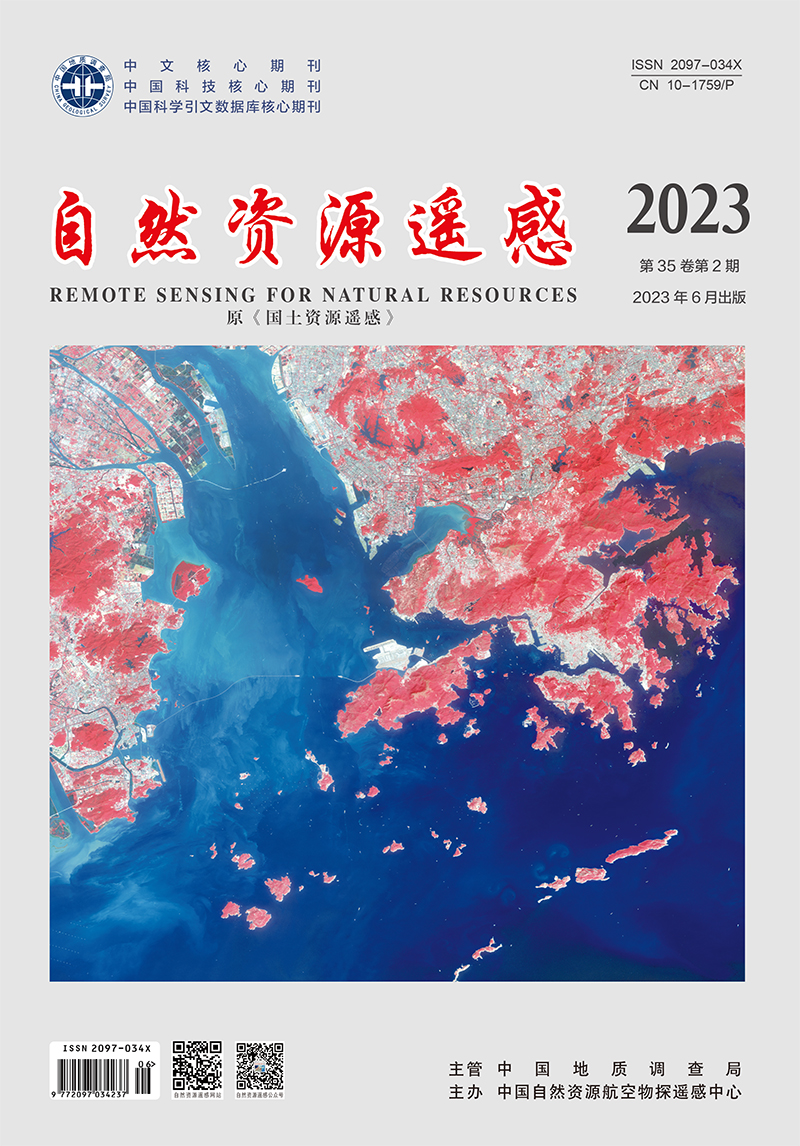LIU Hui, XU Xinyue, CHEN Mi, CHEN Fulong, DING Ruili, LIU Fei. 2023. Time-series InSAR-based dynamic remote sensing monitoring of the Great Wall of the Ming Dynasty in Qinhuangdao. Remote Sensing for Natural Resources, 35(2): 202-211. doi: 10.6046/zrzyyg.2021163
| Citation: |
LIU Hui, XU Xinyue, CHEN Mi, CHEN Fulong, DING Ruili, LIU Fei. 2023. Time-series InSAR-based dynamic remote sensing monitoring of the Great Wall of the Ming Dynasty in Qinhuangdao. Remote Sensing for Natural Resources, 35(2): 202-211. doi: 10.6046/zrzyyg.2021163
|
Time-series InSAR-based dynamic remote sensing monitoring of the Great Wall of the Ming Dynasty in Qinhuangdao
-
LIU Hui1,2,3,
-
XU Xinyue 1,2,3, ,
-
CHEN Mi1,2,3,
-
CHEN Fulong4,
-
DING Ruili1,2,3,
-
LIU Fei1,2,3
-
1. College of Resource Environment and Tourism, Capital Normal University, Beijing 100048, China
-
;2. State Key Laboratory of Urban Environmental Process and Digital Simulation, Capital Normal University, Beijing 100048, China
-
;3. Beijing Laboratory of Water Resources Security, Capital Normal University, Beijing 100048, China
-
;4. Aerospace Information Research Institute, Chinese Academy of Sciences, Beijing 100094, China
More Information
-
Corresponding author:
XU Xinyue
-
Abstract
Land subsidence is a common geological disaster in the Beijing-Tianjin-Hebei region. The uneven land subsidence poses a potential threat to the protection of the Great Wall of the Ming Dynasty (the Ming Great Wall), thus causing irreversible losses. This study acquired information about the surface deformation of the Qinhuangdao section of the Ming Great Wall from 53 scenes of the Sentinel-1 data during 2016—2018 using the persistent scatterer interferometric synthetic aperture Radar (PS-InSAR) and the small baseline subsets (SBAS). The accuracy of the monitoring results was determined by the cross-validation of the deformation results obtained using different processing methods based on synthetic aperture Radar (SAR) data, yielding linear correlation with a coefficient of determination R2 of 0.81 between the two types of data. Then, this study analyzed the causes of the land subsidence along the Ming Great Wall based on auxiliary data, such as changes in the groundwater level, geological structures, stratigraphic lithology, land use, and the distribution of highways and railways. Finally, the land subsidence of the Ming Great Wall was predicted using the generalized regression neural network (GRNN). The results are as follows: ① The Qinhuangdao section of the Ming Great Wall exhibits varying degrees of deformation, with the severe deformation primarily distributed in the eastern and northeastern regions and a maximum subsidence rate of more than -12 mm/a; ② The land subsidence is slightly related to groundwater exploitation; ③ The land subsidence rate of the Ming Great Wall differ slightly before and after the great wall encounters the fault zone; ④ The areas with severe land subsidence are mainly distributed in the Quaternary Holocene clay layer; ⑤ Traffic road operation has not caused any great impact on the settlement along the Ming Great Wall. The GRNN-based prediction results show that the land subsidence along the Ming Great Wall will gradually increase in the future, and special attention should be paid to some areas. This study will provide technical support for the systematic monitoring and overall protection of the sections of the Ming Great Wall located in mountainous areas.
-

-
-
Access History







 DownLoad:
DownLoad: